The
Wine Country series stays in Iowa for another winery from the Hawkeye State. You can catch up on Iowa wine
here and
here, while we taste a third set of wines from Iowa.
Tassel Ridge Winery is located in Leighton, Iowa, along the Heart of Iowa Wine Trail. My thanks go to Bob Wersen for including some pretty extensive notes on the grapes in his vineyard, some of which I’ll share here. Bob was kind enough to send six samples of his wines. We’ll start with the whites.
Tassel Ridge Edelweiss Iowa 2008
Tassel Ridge and all the other vineyards in the midwestern and northern United States owe a great debt to Elmer Swenson. He was a grape breeder who came up with a number of varieties that thrive despite cold, harsh winters. The Edelweiss grape is an Elmer Swenson creation. From Wersen’s notes:
“Swenson crossed Vitis Riperia with Vitis Labrusca as he attempted to create a cold climate grape ‘that tasted good.’ He didn’t leave very clear records so we really don’t know exactly what the parentage of Edelweiss (or that of most of his other creations) is, but its Labrusca component is immediately clear. In order to control the Labrusca qualities, we harvest this grape early with relatively high TA, low pH, and modest sugar. Because of its natural high acidity, it is best when sweetened after vinification. So, the Edelweiss is sweetened to about 7% R.S. whereas the White Blossom is not sweetened at all. The sugar masks some of the natural flavors, but our market in Iowa demands sweet wine, so we sweeten our Edelweiss. We grow all of our own Edelweiss in our own vineyards.”
Edelweiss is the largest planting of all the grapes in Wersen’s vineyard.
The Tassel Ridge Iowa Edelweiss has a nice, warm, golden tint. The nose is sweet with candied apricots and pineapple juice aromas allowing only a peek at an herbal scent in the background. The wine tastes only slightly less sweet than it smells. Delicious apple flavors in the foreground lead to apricots and oranges on the finish. There's a nice bit of acidity present despite the full mouthfeel. Fans of semi-sweet wine should enjoy this effort. It sells for $14 and carries 12.7% abv.
Tassel Ridge White Blossom
As noted by Wersen above, the White Blossom contrasts with the Edelweiss in that it is not sweetened. It’s also a 100% Edelweiss wine. Light in color, White Blossom has only a very faint straw tint. It smells of pineapple and orange peel, but the fruit seems to lurk behind a wall of wet underbrush. There’s great acidity in this wine, and the palate shows more orange zest with some green apple notes. It actually seems rather Sicilian, with a salinity on the palate. The nose however, shows more earth than ocean. It’s very refreshing, and should do well chilled for a warm afternoon. It should also serve nicely with all sorts of salads and some lighter meat fare. The wine costs $14 and sports a 12.6% alcohol content.
Iowa Brianna 2009
Brianna is another Elmer Swenson creation. It’s a particularly cold-hardy white wine variety and, for that reason, it has become quite popular among midwestern wine growers. A golden hue makes the Brianna the richest looking of the three whites. Its nose is quite aromatic. Denise smelled banana from across the room after I opened it, but I might characterize it as a whole bunch of bananas, an aroma that's both sweet and herbal at once. There's a hint of oak on the palate, and it plays against the green fruit flavors very well. It's quite dry with a bracing acidity and the label lists its alcohol content as 14% - rather hefty for Brianna, I would imagine. I love the sour apple finish. It's a brilliant match with sharp, white cheddar and with a handful of peanuts the taste sensation is absolutely transformative.
Now we turn to the red wines.
Pizzeria + Pasta, Too! is a varietal wine utilizing 100% estate-grown Sabrevois (I understand the pronunciation is “sa-brah-voy”) from the Tassel Ridge vineyards. The grape is another Swenson creation, by the way. This red is very dark in color, nose and palate. Ths is a dense wine, with a somewhat forceful nose that smells of plums well trodden into the ground. Tarry notes are also present after its been open a while, and a grapey aroma hangs in the background. It's a medium weight wine, despite the darkness in aroma and taste. It goes with a cheese plate well, one featuring Vermont cheddar and smoked provolone, walnuts and dried cranberries. I'll be honest - this is a very different sort of wine than I am used to drinking, and it takes a little getting used to, at least for my palate. I don't really care for it as a sipper, but once it hit the food, it was really quite enjoyable. $13.
Marquette 2009
The Marquette grape is another hybrid, actually a cross of two other hybrids created at the University of Minnesota. These are estate grapes, too. The wine spends a year in new French oak barrels and another 11 months in a mix of French, Hungarian and American oak. There is an intense expression of fruit on the nose, with a bit of a balsamic edge. The dark and luscious aromas are actually stunning. Notes of tar turn flat paint into metal flake. It’s jammy. The palate has cherry cola and plums showing with a richness that reminds me of Port-style wines. It's not sweet, though - very dry in fact, with lip smacking acidity. This should be great with a steak. It sells for $25 - worth every penny - and carries an alcohol level of 16.2%. That's right in between a Paso Robles Zinfandel and Port.
St. Croix 2008
The St. Croix grapes are also courtesy of Elmer Swenson - I told you he was a big deal - and are grown on the Tassel Ridge estate. This is a dry, red wine with an earthy nose, almost funky, with meat and grease notes showing amid an array of spices. I smelled it immediately after I had smelled the Marquette, and thought something must be wrong. As I wondered if it was corked, I remembered the Stelvin closure - all six wines are closed with a screwcap - and thought that it was probably just me. It was just me. Sampling the nose again on its own, I found it reminded me a bit of a funky, old Côtes du Rhône. The bouquets on these last two wines are simply worlds apart.
On the St. Croix’s palate, the acidity is bracing and the fruit is tart. Plums and black cherry show up with an oak spice which makes an appearance but is not overplayed. The tannins are quite gentle. Of the six wines featured here, this is the one you’ll ponder over. For some reason it had me wanting meat loaf. And I never eat meat loaf. It’s a $20 wine with 12.9% abv.
So, we have another impressive entry from Iowa in the Wine Country series. The Brianna, Marquette and St. Croix really stood out for my palate, and for the wonderful way they paired with food.
Iowa is the 20th state from which we have sampled local wine in this series, so we still have a way to go. If you are a winery wanting to represent your state on Now And Zin's Wine Country, or if you know of one that should, email me:
nowandzin@gmail.com.
Follow Randy Fuller on Twitter
Follow Tassel Ridge on Twitter








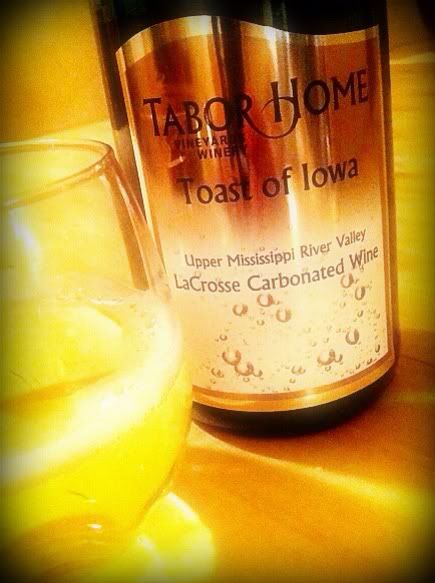
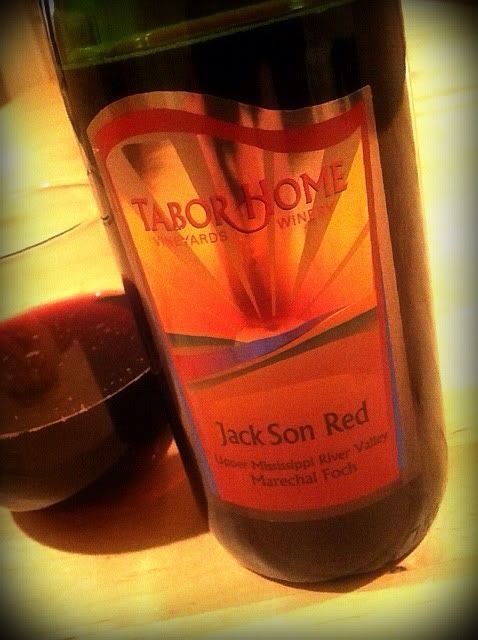 JackSon Red 2010
JackSon Red 2010
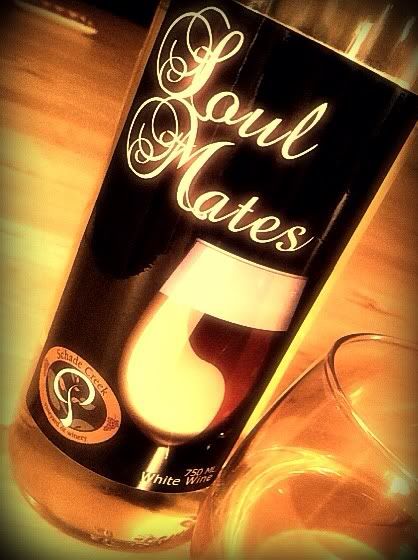 Soul Mates White Table Wine
Soul Mates White Table Wine  Creme de la Creme Blanc White Table Wine
Creme de la Creme Blanc White Table Wine 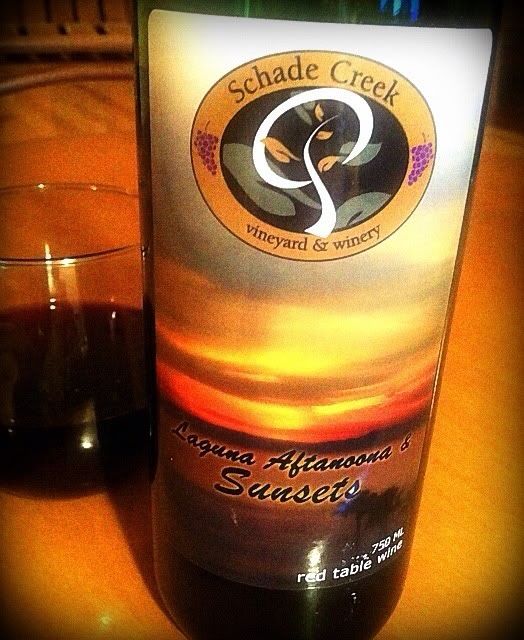 Laguna Aftanoona & Sunsets Red Table Wine
Laguna Aftanoona & Sunsets Red Table Wine 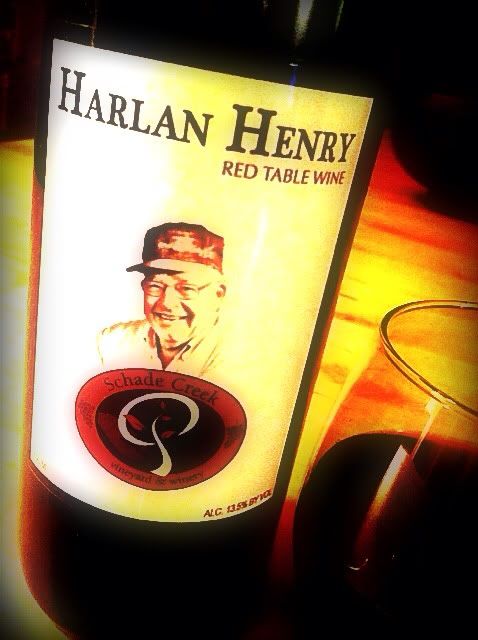 Harlan Henry Red Table Wine
Harlan Henry Red Table Wine 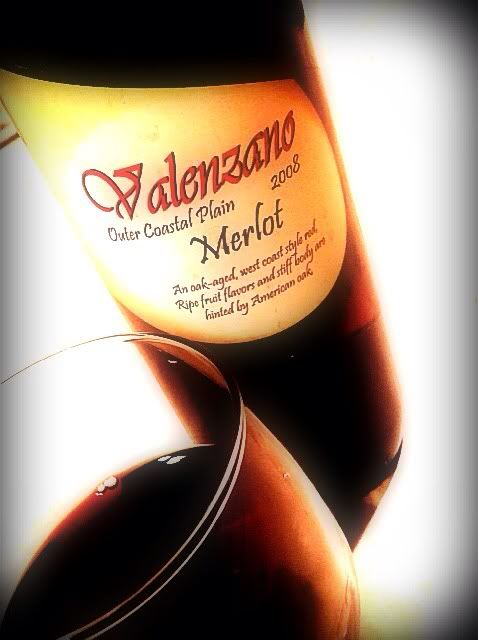 Valenzano Merlot, Outer Coastal Plain, 2008
Valenzano Merlot, Outer Coastal Plain, 2008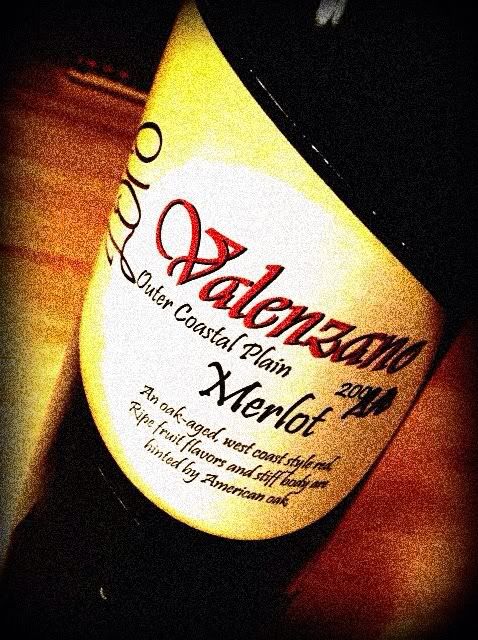 Valenzano Merlot, Outer Coastal Plain, 2010
Valenzano Merlot, Outer Coastal Plain, 2010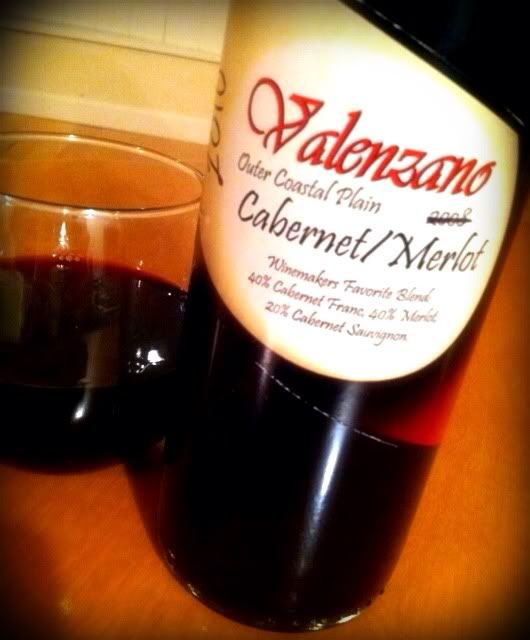 Valenzano Cabernet/Merlot, Outer Coastal Plain, 2010
Valenzano Cabernet/Merlot, Outer Coastal Plain, 2010  Jersey Devil Port
Jersey Devil Port